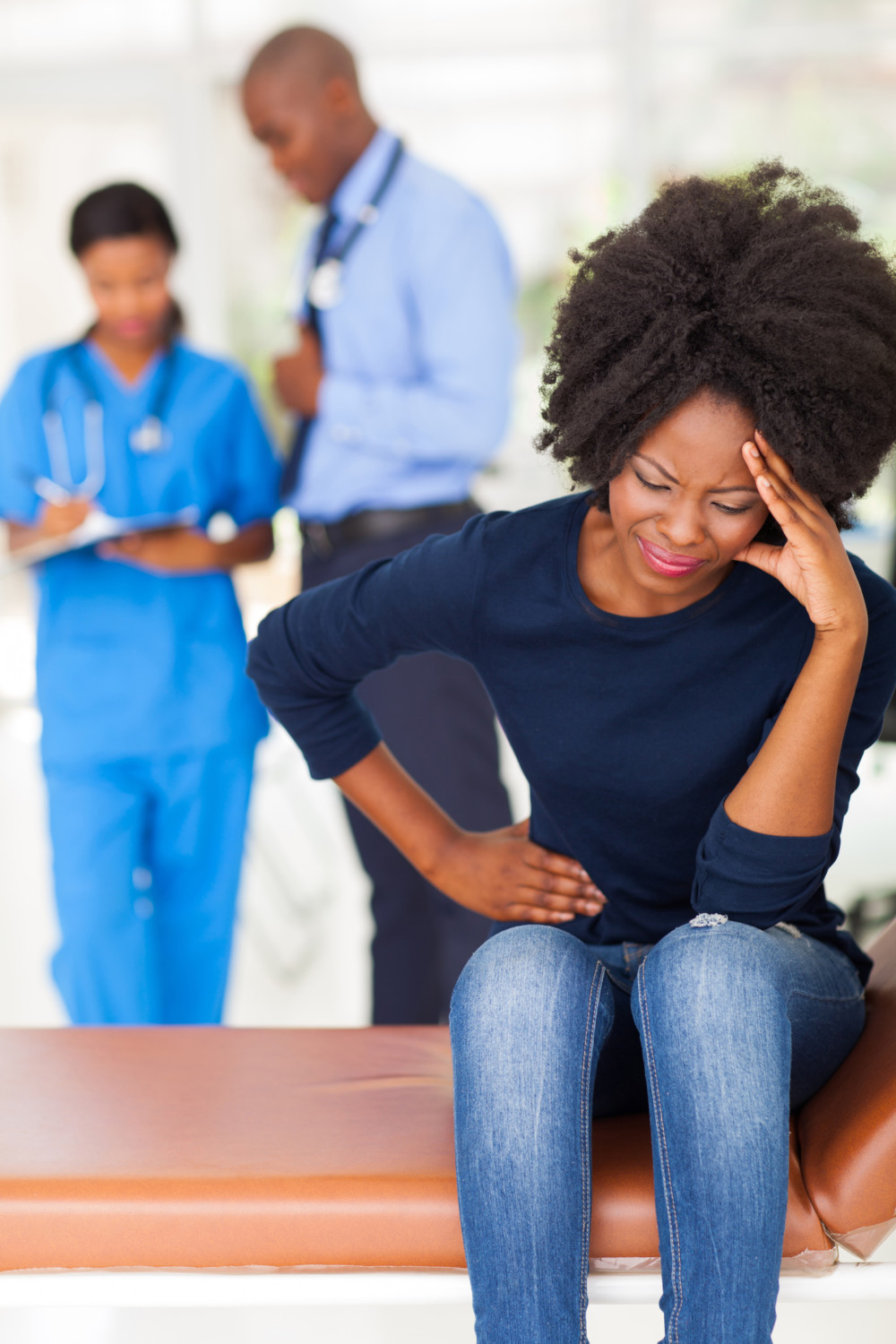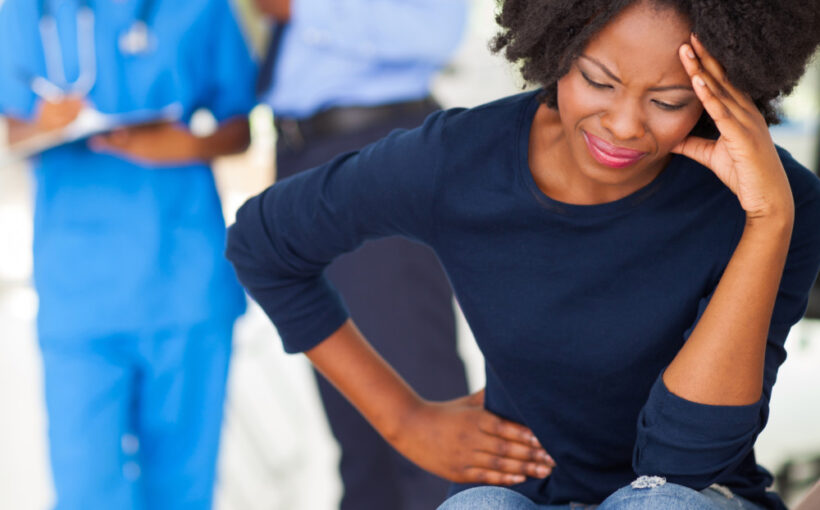
It is a fact that a significant number of women experience pain and cramping during their monthly periods. While they are a normal indicator of that time of the month, it is important to conduct a checkup if they start manifesting in severity. Information concerning the female body and health complications can now be easily accessed, so the case of “I didn’t know” shouldn’t be an excuse when the complications become unsolvable.
Menstrual cramps, also called dysmenorrhea, is a menstrual disorder characterised by some amounts of pelvic pain, cramping and discomfort during menstrual periods. This pain is caused by contractions in the uterus that happen before or during the onset of your period and is known to be a common cause of pelvic pain. Dysmenorrhea is of two types: primary and secondary. Primary dysmenorrhea is the pain that occurs before and during your regular period, with a throbbing and continuous dull ache in your lower abdomen which may extend to your inner thighs and lower back. This pain may heighten about 24 hours after your period starts, but isn’t excruciating and may not cause you an abnormal amount of discomfort. Secondary dysmenorrhea occurs when the pain becomes excessive and is capable of altering your daily activities like missing your work or school. It has a tendency to begin much earlier in the menstrual cycle and last longer than typical cramps. When this type of pain becomes unbearable that it interferes with your regular functioning, questions leading to the causes of these severe cramps should be asked.
Severe menstrual cramps have been found to be an underlying symptom of many health conditions peculiar to the female body such as uterine fibroids, ovarian cysts, endometriosis, and Pelvic Inflammatory Disease (PID). It is advisable to pay close attention to the circumstances surrounding times when you experience severe menstrual cramps. Possible reasons to be concerned include situations where these excruciating cramps are accompanied by heavy bleeding that requires you to change a pad or tampon every hour or two, noticeable changes in your period pattern, more cramping than usual, and most importantly if you are over 21 and have never experienced such intense pain during your menstrual period. Severe menstrual cramps are also often accompanied by heavy blood clotting and are likely not to improve when OTC (over-the-counter) pain medications are used. Seeking medical attention in these situations is the wisest option to check for any likely dangerous condition and keep it under control at an early stage to avoid irreparable damages or escalation to drastic levels.
It is also important to note that primary dysmenorrhea and mild pelvic pains have causes that aren’t due to underlying diseases. Wind or constipation can also cause pelvic pain and cramping, and can be treated with OTC pain medication, hot water bottles or heating pads. Avoiding heavy intake of sugar. Regular exercise and relaxation are a few ways that can help with improvement and provide relief in these situations.
***
Featured Image: Dreamstime
The post Patricia Beshel: Painful Menstrual Cramps Should Be Checked appeared first on BellaNaija – Showcasing Africa to the world. Read today!.
Source: BellaNaija



